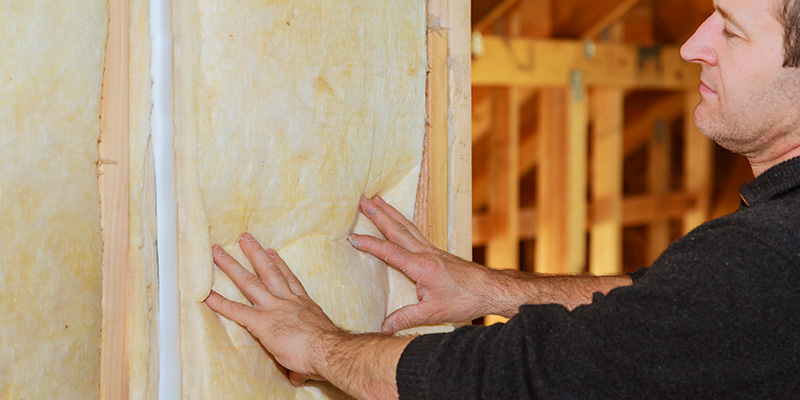
Common Insulation Mistakes to Avoid in your Home
With home insulation becoming more popular due to its money and energy-saving capabilities, homeowners every day are trying to do the best they can to suitably cover their properties. However, this also means that there is a rise in insulation mistakes, some of which can prove to be quite costly.
Do-It-Yourself (DIY) projects that involve insulation are often a lot more complicated than they initially seem. Unfortunately, this fact is usually realised too late, and you can make a real mess of your property which can be costly to fix.
While we would always recommend hiring a professional for your home insulation, if you are going to attempt the DIY style, we can provide some key mistakes that you should look out for.
1. Underprepared
Before starting any project in life, being prepared is always important. As the saying goes, if you fail to prepare, then prepare to fail. Insulation projects are no different. It is important to make sure you have the right safety equipment, know the correct areas you are insulating, understand the product that you are using and know how to use any equipment that you may be using.
By doing the above, you should be aware of many potentially risky situations you may end up in. For example, some insulation products can irritate your skin and, if inhaled, can cause issues in your respiratory system.
2. Old Insulation
What to do with old insulation? This is a tricky one unless you are a professional. Most of the time, you would not need to remove the current insulation in your home, due to potential harmful toxins that may be released. If your old insulation contains asbestos, it can release toxic particles into the air when trying to remove it.
However, some insulation products cannot be insulated over older ones, thus you will need to remove them, knowing this can help you avoid wasting costly materials and time.
If you are unsure, leave the old insulation and contact a professional.
3. Insulation Type
Not all insulation products can be installed in every area of your home. There are specific types of insulation for specific areas of a property, and knowing this can help you avoid wasting time and money. There may be cases where your product is highly flammable, therefore, you would want to avoid installing this near heaters or furnaces. Another scenario is with fibreglass insulation, you don’t want to install this in damp areas (i.e., your basement) as it can hold moisture and lead to mould growth.
If you have any doubts, feel free to give us a call directly at 0203 411 5188.
4. Gaps
This is a big problem that many homeowners face when installing insulation themselves. By leaving gaps in your areas of insulation, you leave room for air and moisture leaks. Not only will your insulation not be as effective as it should be, but it can also weaken easily over time.
5. Shortcuts
DIY insulation methods are usually handled due to cost, to save a bit of money. While this may be a good idea, you could end up spending more to fix a serious issue in your home.
If you are still happy with the DIY approach, we would urge you not to cut corners on pricing and the amount of material needed. There is a good reason why some insulation materials are more expensive than others, and that is due to the effectiveness of it in your home.
You will get a lot more value from an effective insulation product than you would from a cheaper and easier insulation fix. If you take shortcuts and use an ineffective product, essentially, your whole DIY project may have been a waste of time and money.
By following the above, you can at least be more aware of what to consider if you really wish to install insulation yourself. However, if you need professional help from consultation to installation, we can assist you. You can contact our experienced team of professionals via our contact page.


